Ivanovo: red Manchester on the Uvod River
Ivanovo is a small town known in Russia as a «city of brides» and red Manchester, and it is also included in the popular Golden Ring route. Ivanovo is the third city in Russia (after Moscow and St. Petersburg) in terms of the number of monuments of constructivism of the 20-30s of the 20th century. It is worth to visit Ivanovo to see the quiet Russian province and buy tablecloths and napkins of local production.
Отели города Ivanovo
See all
Restaurants

BarBoss
Night Club • Karaoke • Bar • Hookah bar • Sushi bar
+7 493 2327138
Payment methods:

Carabas Bar
Bar
+7 963 1529005
Payment methods:

Osobnyak
Restaurant • Banquet room • Bar • Catering
+7 4932 344059
Payment methods:

Riatovskij Pivovar
Restaurant • Brewery • Banquet room
+7 493 2262226
Payment methods:
All sights in IvanovoSee all
Places of interest in Ivanovo
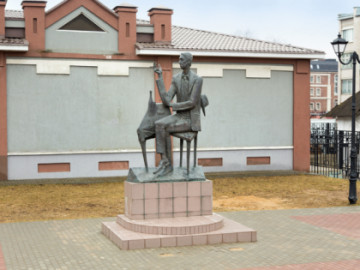
Revolution Square
Other places
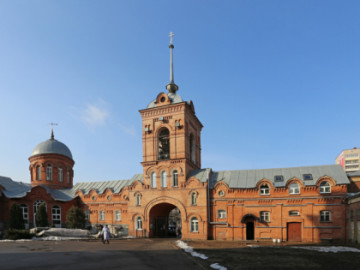
Sviato-Vvedensky Monastery
Architectural Monuments • Temples and places of worship • Abbeys and Monasteries • Other places
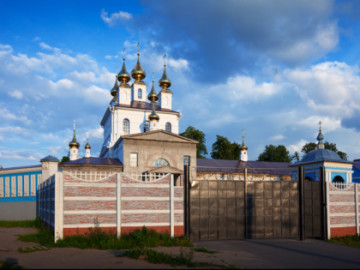
The Holy Assumption Monastery
Architectural Monuments • Temples and places of worship • Abbeys and Monasteries • Other places

Lenina Square
Other places

Ivanovsky Printed Cotton Museum
Museums and Exhibitions • Other places
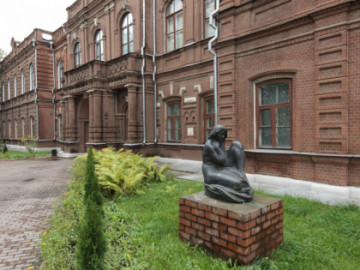
Ivanovo Regional Art Museum
Museums and Exhibitions • Other places
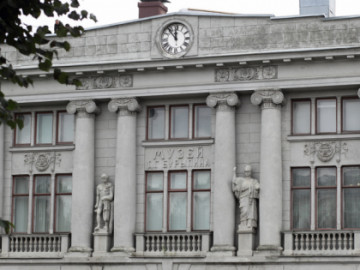
State Museum of History and Local Lore
Museums and Exhibitions • Other places
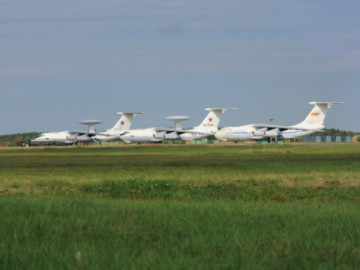
Museum of Military Transport Aviation
Museums and Exhibitions • Other places
Nearby
Cities near Ivanovo





 Museums and Exhibitions
Museums and Exhibitions
 Other places
Other places
 Architectural Monuments
Architectural Monuments
 Temples and places of worship
Temples and places of worship